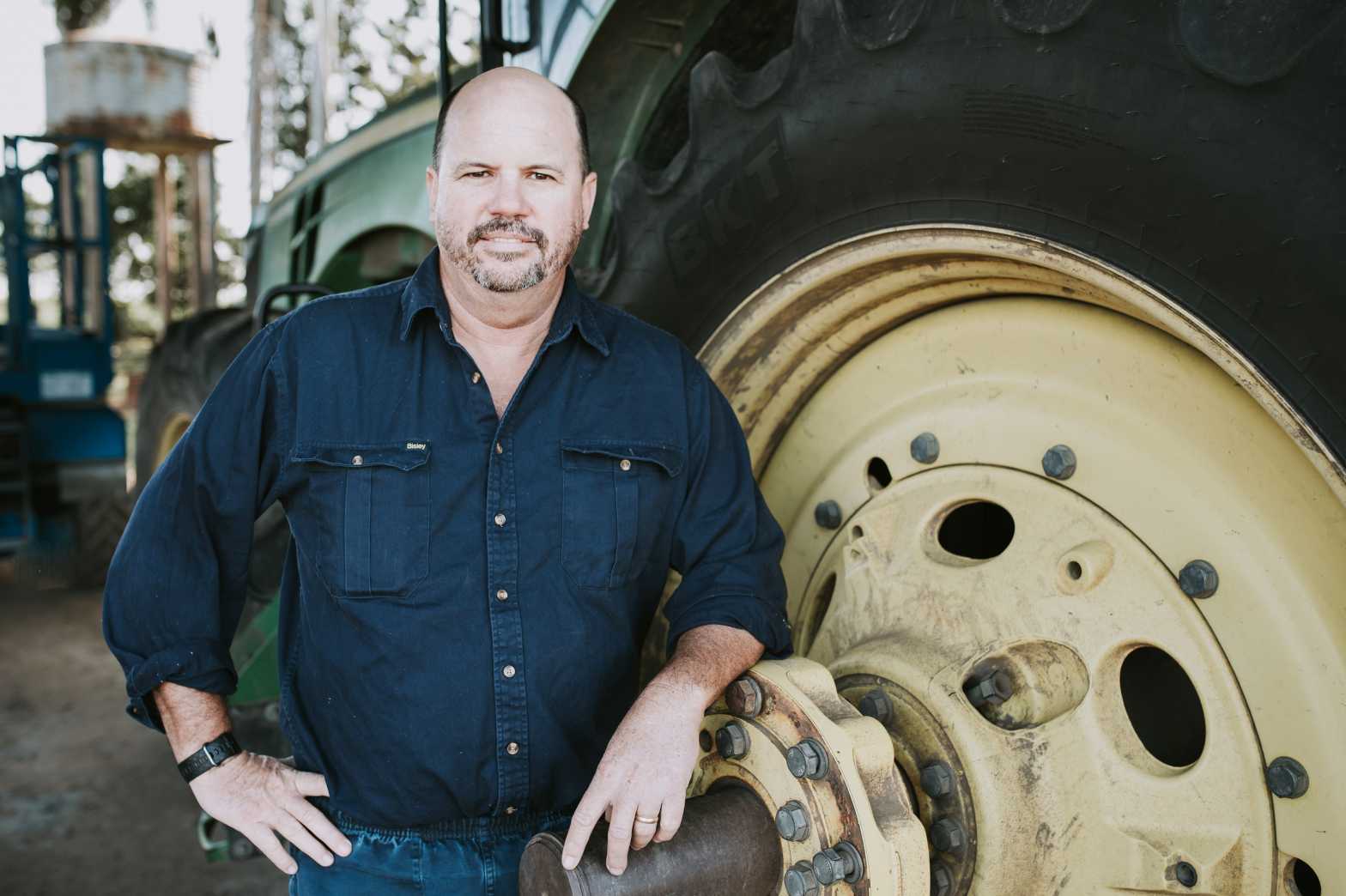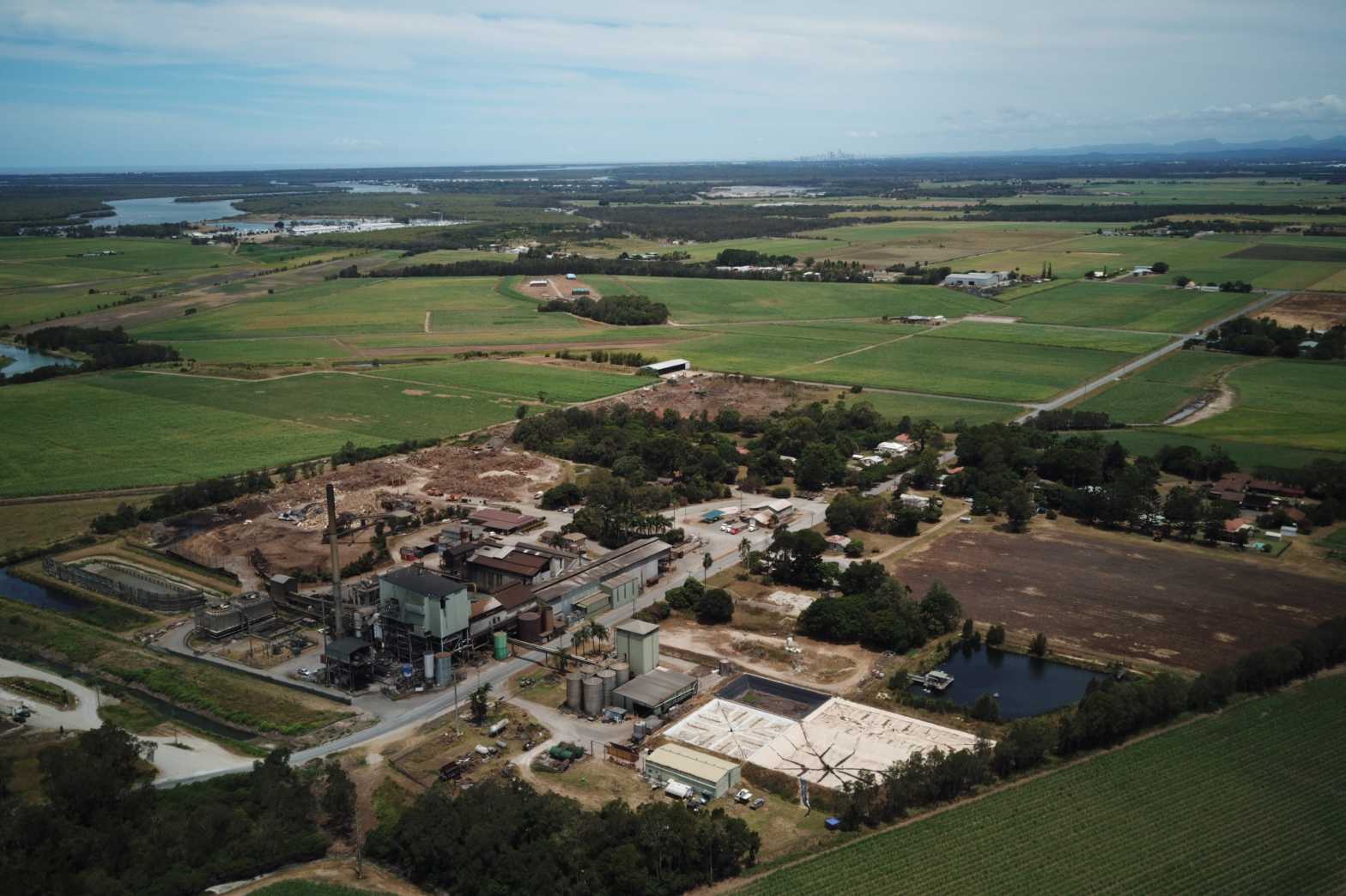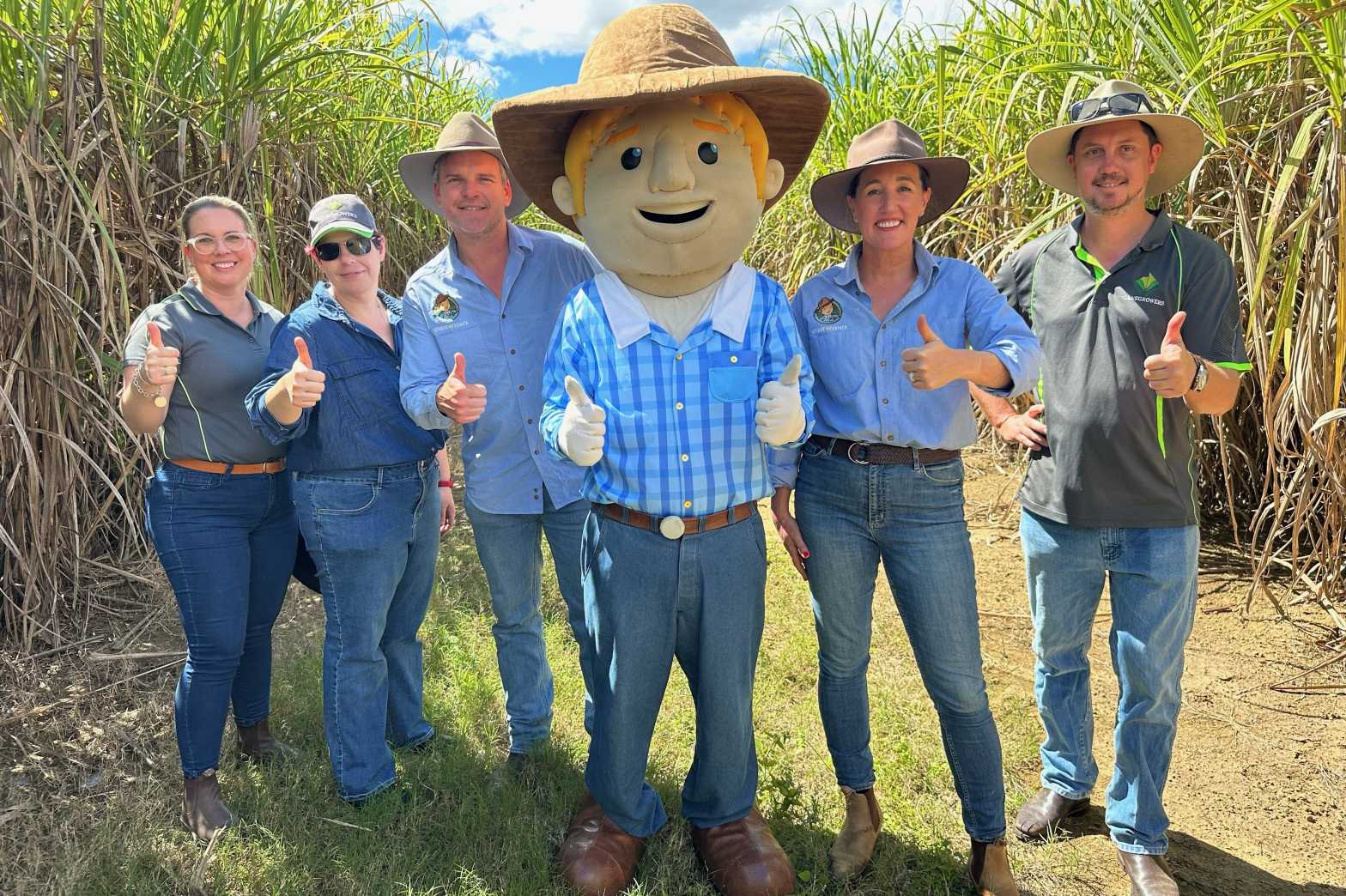A new analysis of the way sugarcane farms have fared when Queensland councils set their rates will inform important conversations between CANEGROWERS offices and local government.
“We looked closely at 13 councils with a sizeable sugarcane farming industry, where CANEGROWERS members underpin the local economy, the communities and up to one-in-three jobs,” CANEGROWERS CEO Dan Galligan said.
The analysis, completed by the consultancy Queensland Economic Advocacy Solutions (QEAS), assessed the cane farm rate of each council along with its interplay with increasing land values and any measures to limit increases or offer discounts.
The analysis found:
On average the local government rate paid by a cane farm is 35% above the average residential rate indicating more reliance on cane farms to support council revenue.
On average council rates make up around 4% of the annual operating costs of Queensland cane farming businesses.
It concluded that:
“Most councils have a revenue and rates policy together with their own set of principles as to how rates are determined. However, there is little publicly available information explaining why a particular rate applies to a cane farm.
The resultant outcome can be rate bill shocks that can impede investment and economic growth across Queensland.
There is an opportunity to improve the way rating practices occur for cane farms across Queensland councils with a view to ensuring no adverse or unintended consequences when a land value reassessment occurs and the impact this may have on the final rate bill for each cane farm.”
“We have seen unexpected and large rates bills in some areas having a huge impact on the profitability of cane farms,” Mr Galligan said. “It is vital that increases are kept at reasonable levels. Councils have the power and discretion to cushion any shocks, so the viability of businesses is not put in jeopardy.
“It is important too that CANEGROWERS district staff and elected representatives have a clear pathway to discuss with councils their service delivery to the agricultural sector and the rates charged for those services.
“With the CANEGROWERS district office structure, we are on the ground across the state in close contact with all councils and this analysis will help inform their discussions about how rates are set.
“It will contribute to the close relationship that exists between our industry, represented by CANEGROWERS, and many of our important local councils.”



